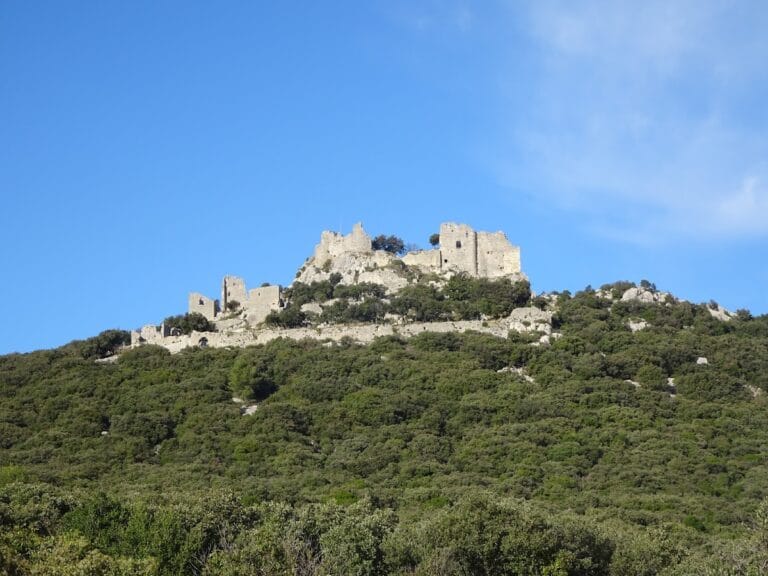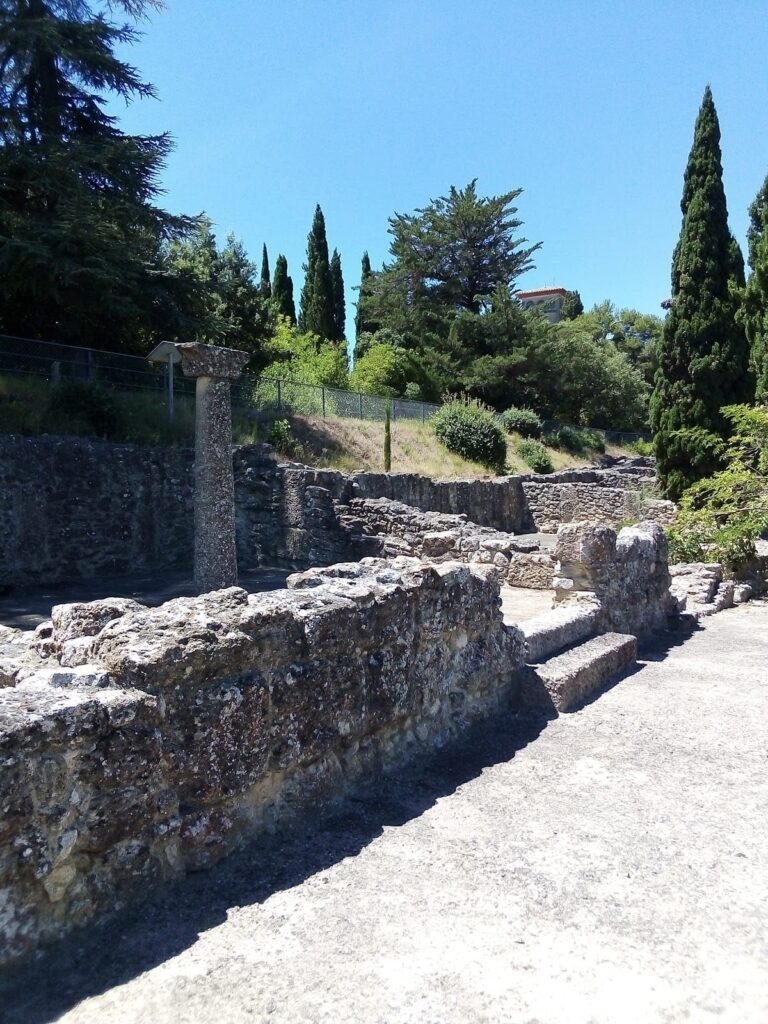Loupian Villa: A Gallo-Roman Estate in Southern France
Visitor Information
Google Rating: 4.4
Popularity: Low
Google Maps: View on Google Maps
Official Website: patrimoine.agglopole.fr
Country: France
Civilization: Roman
Remains: Domestic
History
The Gallo-Roman villa of Loupian is situated near the modern commune of Loupian in the Hérault department, within the ancient Roman province of Gallia Narbonensis. It was established by Roman settlers or local inhabitants under Roman influence, positioned a few kilometers south of the Via Domitia, an important Roman road connecting Italy to Spain. The villa overlooked the Étang de Thau lagoon and the hill where the town of Sète now stands.
During the 1st and 2nd centuries AD, corresponding to the Roman High Empire, the site developed from a modest agricultural farm into a substantial patrician residence. This transformation included the addition of bathing facilities, reflecting the adoption of Roman domestic luxury. Viticulture became the primary economic activity, supported by a large wine cellar capable of storing 1,500 hectoliters in dolia, which are large earthenware storage jars. The villa’s wine production was linked to a small port north of the Thau basin, facilitating export. A potter’s workshop on site manufactured amphorae stamped with the mark “M A F,” used for transporting the wine.
In the 5th century, the villa underwent a comprehensive reconstruction, resulting in a luxurious residence distinguished by extensive mosaic flooring. This phase reflects continued occupation and wealth during the late Roman period. Nearby, a paleochristian church with a baptismal font was established a few hundred meters from the villa, close to the location of the present-day Sainte-Cécile church, indicating the spread of Christianity in the region. The villa remained occupied for over six centuries, witnessing significant cultural and architectural evolution.
Remains
The archaeological site of the villa extends over approximately three hectares south of the village of Loupian. The remains are protected under a 1,000 square meter shelter that preserves the mosaics and structural elements. The villa’s layout includes reception rooms richly adorned with mosaic floors, which are among the most notable features of the site.
The original baths, dating to the 2nd century, contain mosaics that exemplify early decorative styles. The later 5th-century mosaics are remarkable for their eclectic combination of artistic influences from distant regions such as Aquitaine in southwestern Gaul and Syria in the eastern Mediterranean. This unusual stylistic blend may reflect the owner’s diverse tastes or practical considerations.
The mosaics include a variety of motifs: geometric octagons, seasonal personifications like Autumn and Winter, naturalistic elements such as ivy leaves, birds, acanthus stems, vine leaves, and symbolic patterns including swastikas and U-crosses. These floors have been officially recognized as a Monument historique since 1970.
Archaeological excavations have uncovered large dolia jars used for wine storage and amphorae stamped “M A F,” confirming the villa’s role in viticulture and wine export. The site also contains remains of the potter’s workshop that produced these transport vessels. The villa’s structural remains include reception areas and baths, with mosaics preserved in situ and partially restored.










